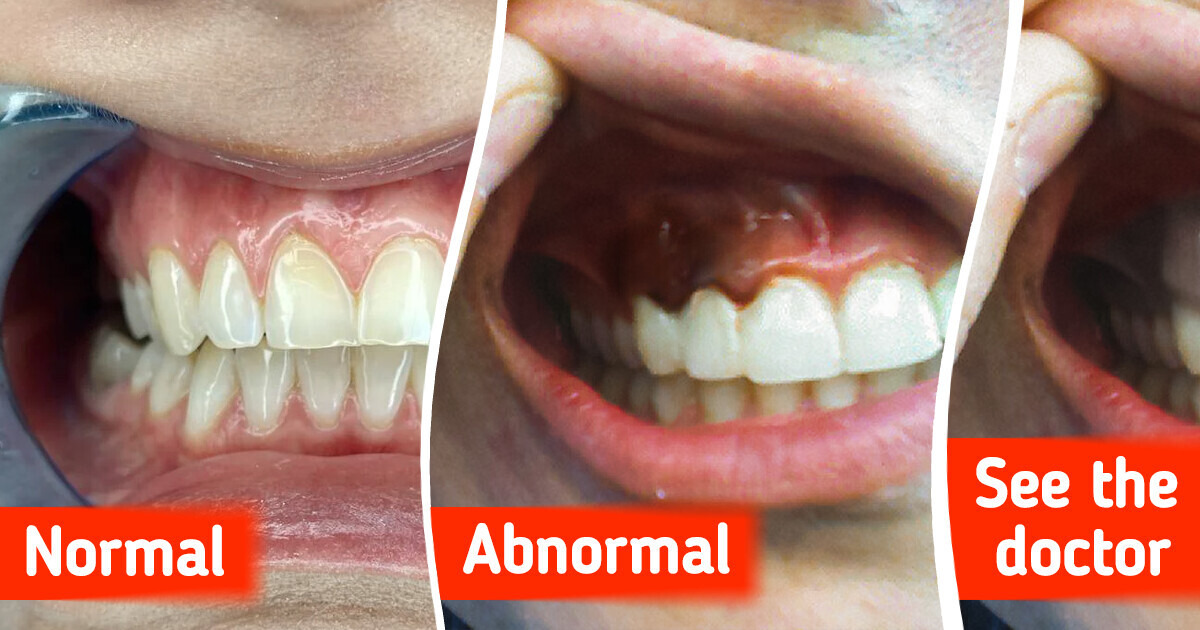“Pushing 60, Trying to Look 30,” Nicole Kidman’s New Bold Style Is Deemed Age-Inappropriate


Gum health plays a massive role in your overall well-being, but it’s often overlooked. Let’s learn the nitty-gritty of gum health, what different gum colors mean, and how you can maintain healthy gums for life.
CONTENT IS PROVIDED FOR INFORMATIONAL PURPOSES ONLY AND IS NOT INTENDED AS A SUBSTITUTE OF MEDICAL ADVICE. SEEK GUIDANCE OF YOUR DOCTOR REGARDING YOUR HEALTH AND MEDICAL CONDITIONS.
The color of your gums can tell you a lot about your oral health. Healthy gums come in a range of colors like pink, light pink, brown, or even black, depending on your natural pigmentation. Firm and resilient gums that don’t bleed during brushing or flossing are ideal.
How do I know if my gums are healthy?
Healthy gums should feel firm, look smooth, and be free from swelling or tenderness. They shouldn’t bleed during your regular oral care routine. If your gums match this description, you’re on the right track.
Can gum color change be reversed?
In many cases, yes! If gum discoloration is due to issues like gingivitis or plaque buildup, a solid dental care routine and professional cleanings can restore their healthy color.
Healthy gums vary in color depending on factors like skin tone and genetics. Here’s a breakdown:
What Does Gray Gum Color Mean?
Gray gums can signal a bacterial infection or weakened immune system. Stress and poor oral hygiene are common culprits. If your gums appear grayish, it’s time to see a dentist.
What Causes Gums to Turn Purple or Red?
Red or deeply purple gums often indicate inflammation, infection, or gum disease. This could stem from plaque buildup, gingivitis, or a more serious condition like periodontitis.
What Do Unhealthy Gums Look Like?
Unhealthy gums often come with noticeable symptoms, such as:
Yes, changes in gum color can be a red flag. Red, yellow, black, white, or gray gums often signal issues ranging from minor infections to severe conditions like periodontitis.
What Does Gum Inflammation Look Like?
Inflamed gums are red, swollen, and may bleed easily. They’re a common sign of gingivitis but can worsen without treatment.
How to Maintain Healthy Gums
Here’s how you can keep your gums in top shape:
Gingivitis Symptoms and Periodontitis Signs
Gingivitis is reversible with proper care, but periodontitis requires professional treatment to prevent tooth loss.
When to See a Dentist
When Should I See a Dentist About My Gums? You should schedule an appointment if you notice:
Early intervention can prevent minor problems from becoming serious.
Maintaining gum health is about consistency and vigilance. Follow a daily dental care routine, eat well, and stay on top of regular checkups. Remember, healthy gums are the foundation of a healthy smile.











